Benefits of shooting RAW in practice
JPEG output files of the NEX-6 is optimized for the
appropriately sized prints and viewing on the web. In other words, everything
looks nice when printed, and not relatively better than when viewed at 100%.
You will particularly take notice this in the areas of low contrast, such as
grass or hair, which may appear blurry.
The following example describes the improvement in important
detail capture that can be obtained by capturing and carefully handling RAW
files with the NEX-6. Here, we are presenting the original JPEG image (at
default sharpness), a RAW conversion using default settings in Adobe Camera
Raw, a third RAW conversion with the sharpness adjusted according to the tastes
– the 'ideal' conversion, in our ideas - to obtain the most detail images with
these scenes.

JPEG, 1/160 sec;
F11; ISO 100

100% crop
The initial JPEG file has very low contrast detail. Changing
to a RAW file provides some detail at the default settings in Adobe Camera Raw,
and if you really play with the sharpness, you will receive even more. Some
folks may say that our ‘ideal’ RAW file conversion is a little too sharp, but
that's the beauty of the format - it totally depends on you
There are many other benefits for RAW shooting, beyond just
optimizing the reproduction of details. If you have damaged the white balance
or really underexposed the images, a correction is with just a few clicks,
similar to recovering cropped lighting areas and pulling detail out of dark
areas.
White balance and Brightness
Capturing in low artificial light, the NEX-6 brings up a
relatively promising pet portrait, here. As you can see from the JPEG on the
lower left, exposure is not clear, and there is a nasty yellowish color cast,
both of which make this photo definitely 'rejected'.
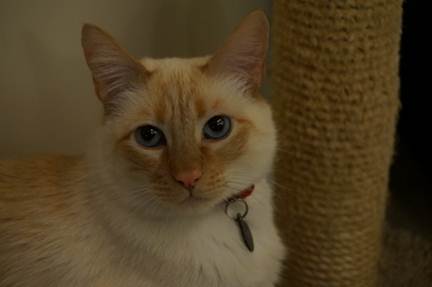
JPEG, ISO 3200,
AWB

Raw files have
been processed
However, after spending a few minutes with the raw files
taken simultaneously in Adobe Camera Raw 7.4 RC, we could have significantly
reduced the color cast, exposure increased significantly, and respectably
increase exposure, and increase contrast just sufficient to bring up the image
a few highlights. Shot at ISO 3,200, the RAW file also benefits from some
luminance noise-reduction as well.
Shadow detail
Another benefit of shooting in RAW mode is that due to their
wider tonal range, the raw files generally allow much greater latitude for the
exposure adjustment after shooting, allowing you to bring out detail from the
dark areas much more efficiently compared to JPEG capturing capabilities.
Comparison of shadow detail / noise
Below is our scene of experiment, captured in RAW and
overexposed in Adobe Camera Raw. We have bundled the Canon T4i (which has the
same sensor as the EOS M mirrorless camera), Fujifilm X-E1 and Panasonic Lumix
DMC-GX1 to show how the NEX-6’s sensor is in comparison with its rivals.
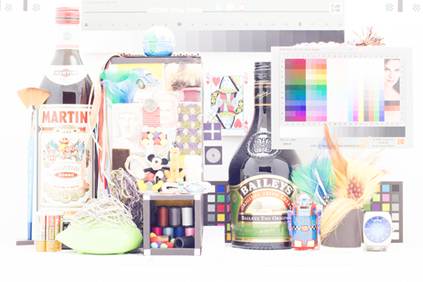
Sony NEX-6 ISO
100, ACR +3EV, NR off

100% crop
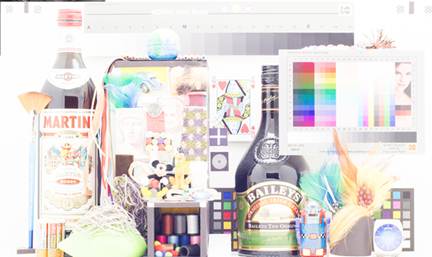
Canon T4i ISO 100,
ACR +3EV, NR off

100% crop
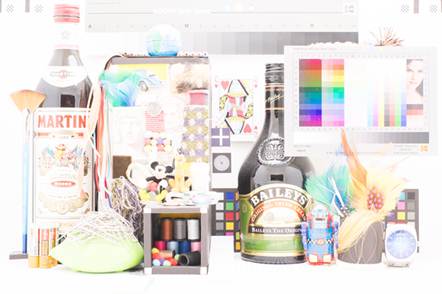
Fujifilm XE-1 ISO
200, ACR +3EV, NR off
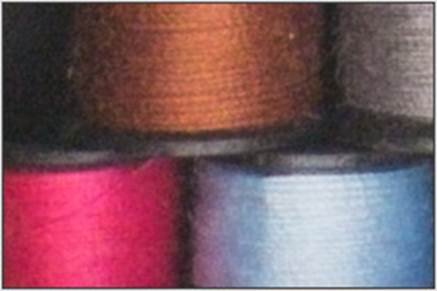
100% crop
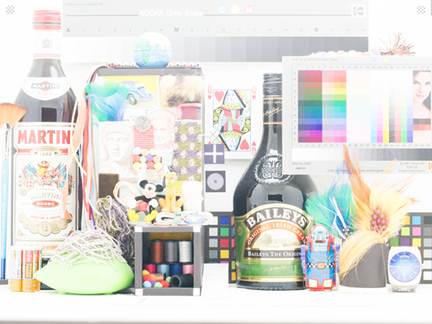
Panasonic GX1 ISO
160, ACR +3EV, NR off
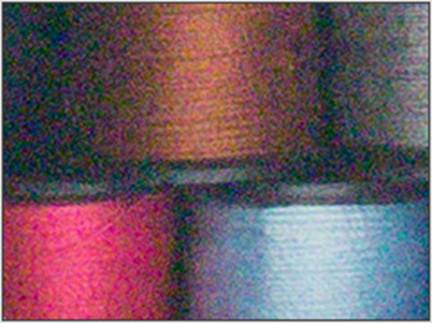
100% crop
The sensor of the NEX-6 is clearly very capable, and our
(extremely strong) +4 EV brightness adjustment has offered a lot of detail in
the dark area of the scene in our studio. Although there is little chroma noise
in the lightened image, compare it to the Canon Rebel T4i/EOS 650D, where the
only thing that we have just 'unveiled' by brightening the raw file is noise.
The Fujifilm X-E1 has done its good job, and as we would expect from our recent
in-depth test of the camera, there is very little chroma noise in the lightened
raw files. The Panasonic Lumix DMX-GX1 is though less impressive, and like the
Canon, there are hidden noise phenomena in the shadow areas.
In the scene below, (selected by its deep shadows rather
than aesthetic qualities) you will see the entrance to an underground car park,
inside of which are a few warning signs. This can hardly be visible when the
scene is exposed in the normal situations, making this image become a good
example to illustrate how much detail you are able to get out of the shadow
areas in the raw files when compared with JPEG files of the NEX-6 (and in fact
all of the cameras offer RAW shooting features).

The crop of the
signs is totally dark in the original JPEG file.
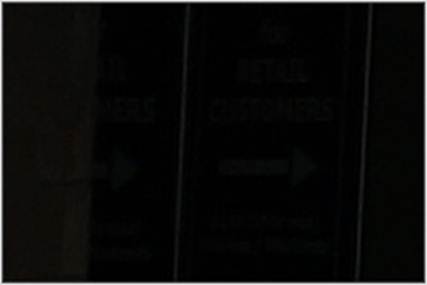
100% crop
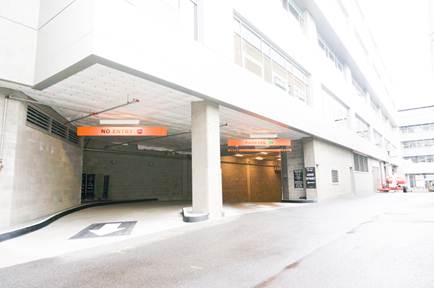
This is a JPEG
image after exposure was boosted by 4 'EV' in Adobe Camera Raw. As you can see,
we have been able to pull a lot of detail out of the dark areas of the scene,
but the smallest lines on the signs are unable to be readable, and the chroma
noise is relatively clear. There is some serious image postarization on the far
wall to the left.
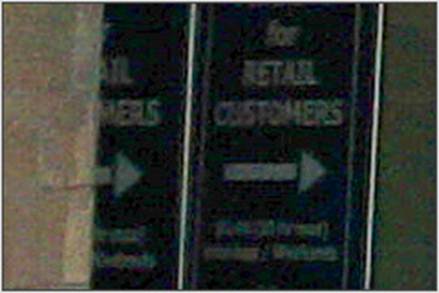
100% crop
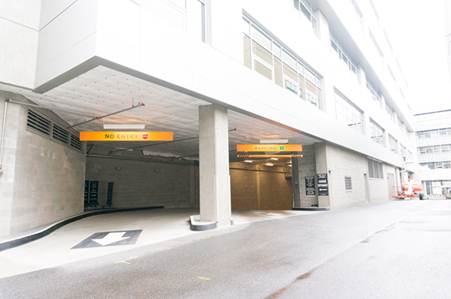
Shooting RAW
instead of JPEG and boosting the exposure (again using ACR) to match the
brightness of the lightened JPEG image has revealed more detail in the signs
(including the minimal text) and less chroma noise and there is no
postarization on the far left-side wall.
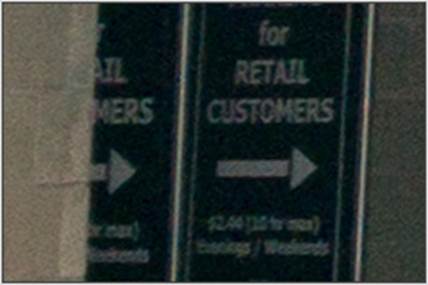
100% crop
Our JPEG file and raw conversion basically bring out detail
from the shadow areas, with much less visible noise than the JPEG files. This
said that it is very impressive on how much detail here is hidden in the
shadows of the NEX-6’s JPEG file. Obviously, in real-world shooting situations,
unless you were editing huge lack of exposure, you would want to apply
selectively the shadow lightening to your raw files, rather than commonly as we
have done here.